Chief Design Officer (for a city vs a company)

The Chief Design Officer is a relatively new profession and title.
There are so few of them in the world that they can be comfortably listed on one scroll of a Wikipedia page. While most CDOs work in large corporations, though, some offer their services within the Councils of Cities that clearly believe in design as a change agent.
One of these cities is Helsinki, whose current Chief Design Officer Hanna Harris (the second person to hold this post since its creation in 2016) has explained to us what the job entails, what she looks for in the collaborators she gathers on projects, and what the final outcomes are.
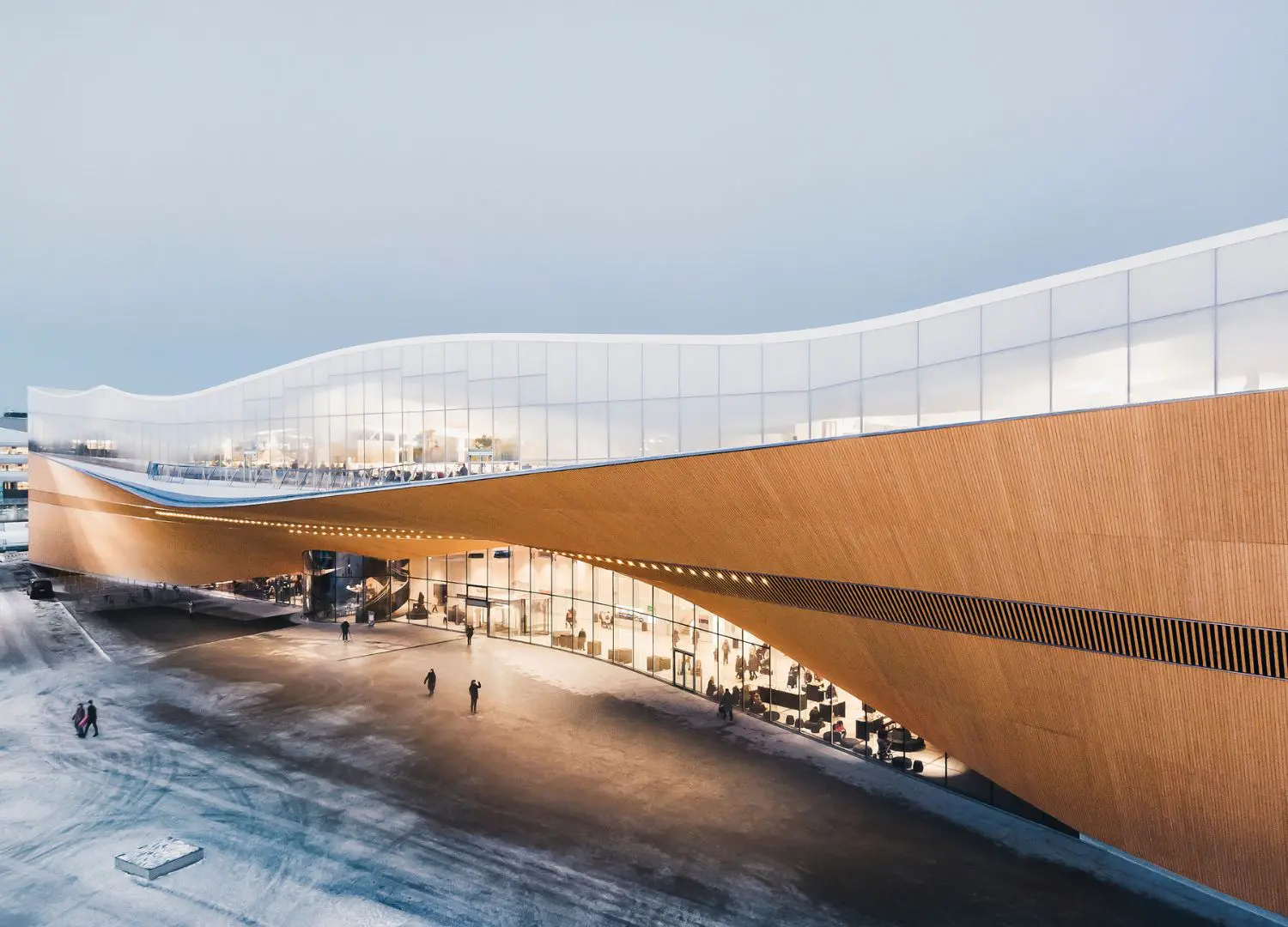
It’s interesting information for all designers: with major cities already boosting such a role (LA, Seoul, Helsinki, Eindhoven) it is likely that more will follow, opening up a wide array of opportunities for independent professionals and design studios
looking for ways to make a meaningful difference on societal issues
rather than on enlarging the incomes of big corporations.
What is the role of Chief Design Officer in a City?
Hanna Harris:
“In short, to bring and possibly embed a design culture and mentality within a City Council so that a people-focused approach can be implemented to create better solutions for citizens”.
What are good solutions for citizens?
Hanna Harris:
“A City is a service machine – think health, education, mobility, entertainment, culture – and a creator of all the touchpoints that are required to deliver them: spaces, communications, apps, experiences.
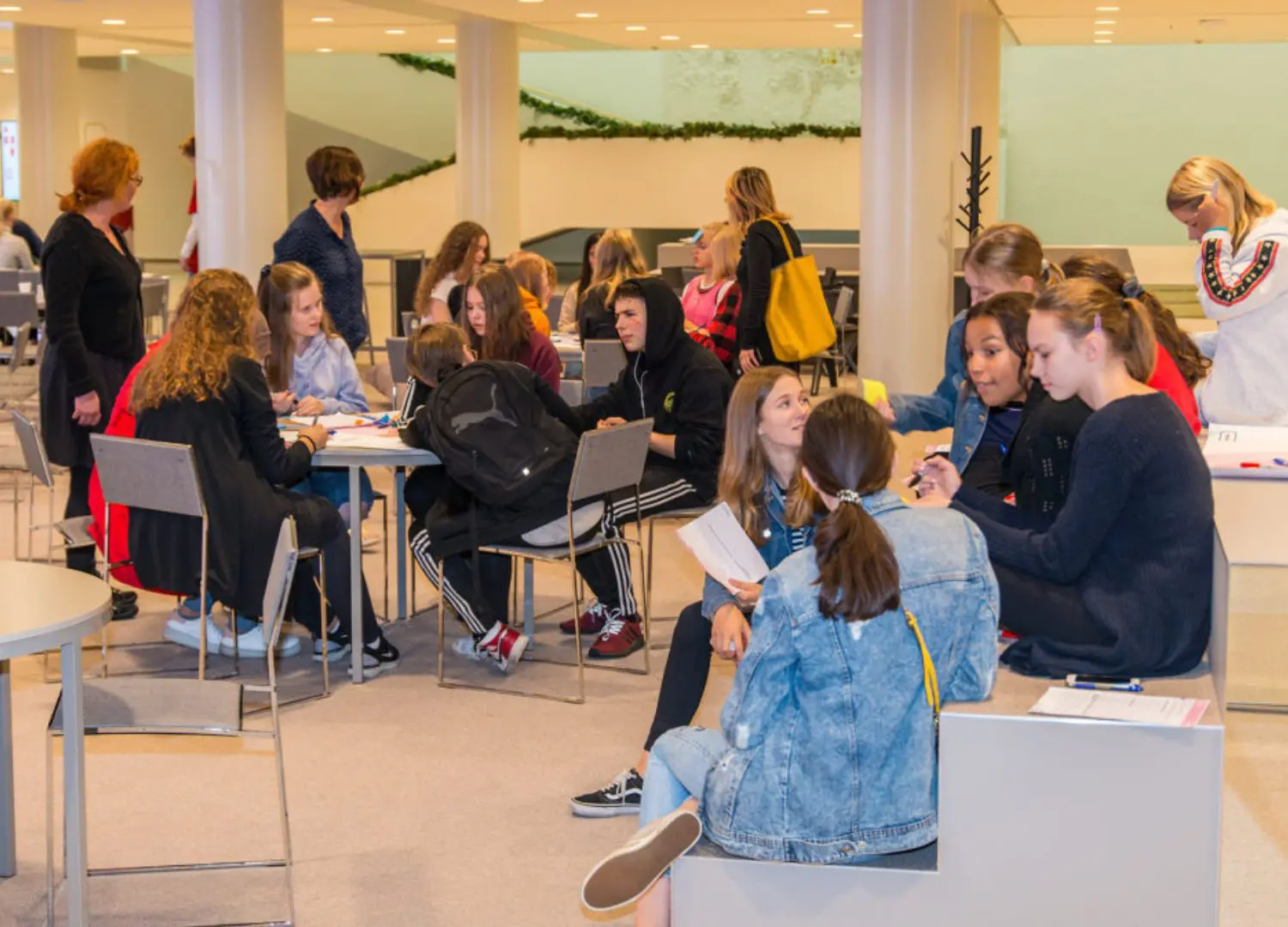
Design is incredibly useful to understand users, work with them and to envisage how to improve the City’s services, re-qualify them or invent new ones from scratch.
Designers are also excellent at communicating ideas which is a key issue in a City Council where different departments have to work together and need a shared vision to proceed
Beside this, Helsinki in particular is also a massive organization: with a 40,000 workforce it’s Finland’s largest employer. So as a Chief Design Officer I also use design thinking and service design skills to enhance the employee experience: to make people work better together, achieve greater results, offer better tools for all”.
How did you actually bring design inside the Helsinki City Council?
Hanna Harris:
“In 2012, Helsinki was World Design Capital. Leveraging on the massive focus we had that year on design and on the already existing education system and heritage, the City decided to investigate ways in which design thinking could help it become a better place.
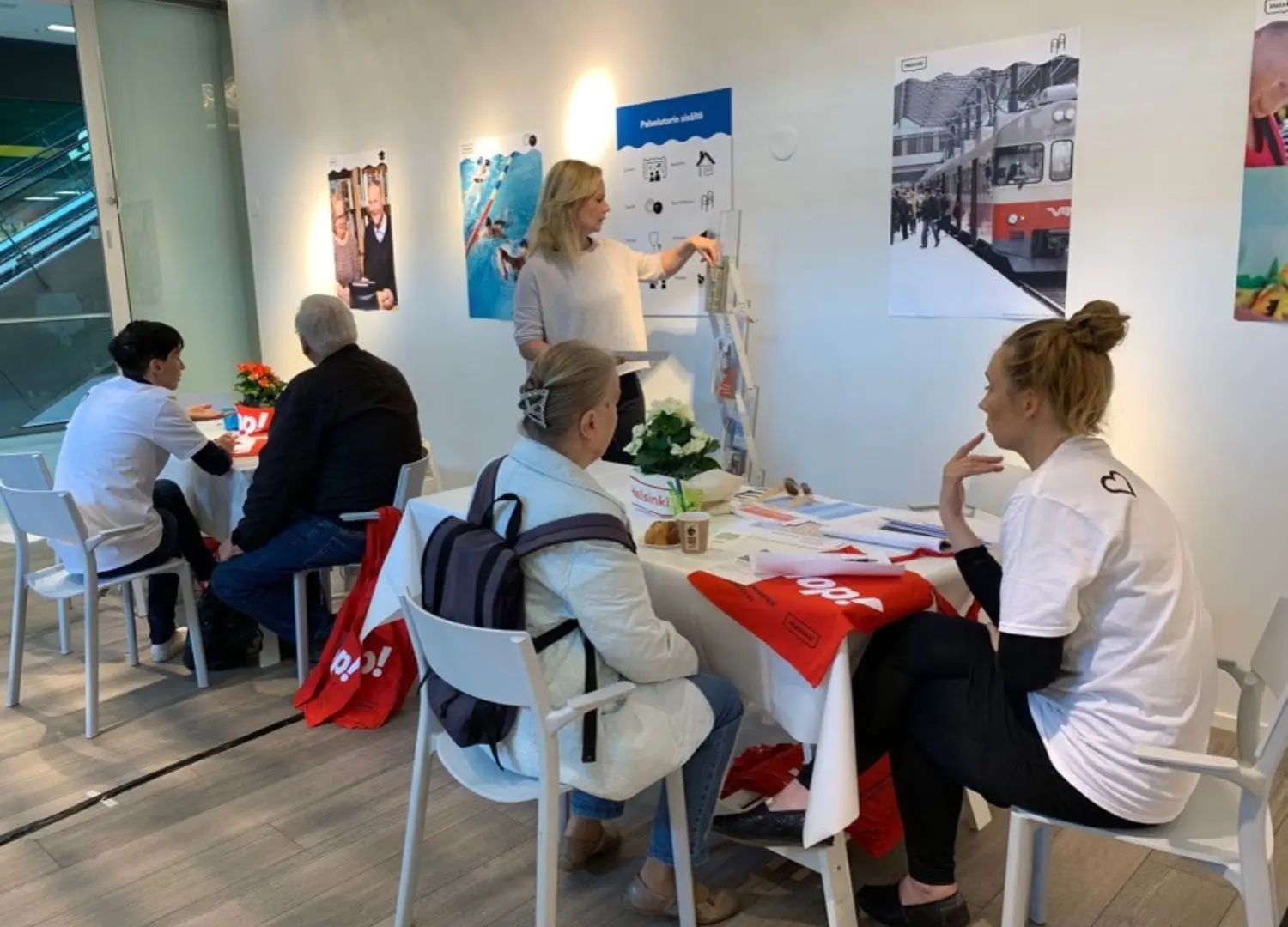
We did some pilot projects, working with designers to create a better understanding of users, for instance on housing services for the disabled and on how to make the elderly more active.
There were good results, especially when designers were able to re-define the challenge they were given.
The City realized that if it could work better with citizens and involve them in co-creation processes, it would be spending public money in a better way. So it decided to try to embed the design culture from within”.
What are designers’ must have skills that you need for your team?
Hanna Harris:
“Designers’ most valuable skills are:
- people skills: the ability to be open, to redefine the challenges, to identify and interact with different user groups.
- process skills: we appreciate designers who can set up a way of working based on research (on people and with people), ideas creation, validation.
- bridging skills: designers should be able to intelligently connect different areas of expertise and help them come together
- visualization skills: being able to communicate ideas in a clear and immediate way is very important for us since a City Council has to necessarily involve many departments and operational teams on each project. A shared understanding of the direction is a must
Are all designers good at these skills?
Hanna Harris:
“Obviously not. Yet somehow
a design training teaches people to get to the essence of things, to question briefs, and to test projects along the way.
It’s the design thinking approach whose quality clearly depends on the capability of the individuals involved”
How do you select the designers who work for the Helsinki City Council?
Hanna Harris:
“We have a process in place to evaluate partnerships that we want to be long term: we offer a 4 years contract.
We are particularly interested in the areas of service design, digital competences, spatial services and environments.
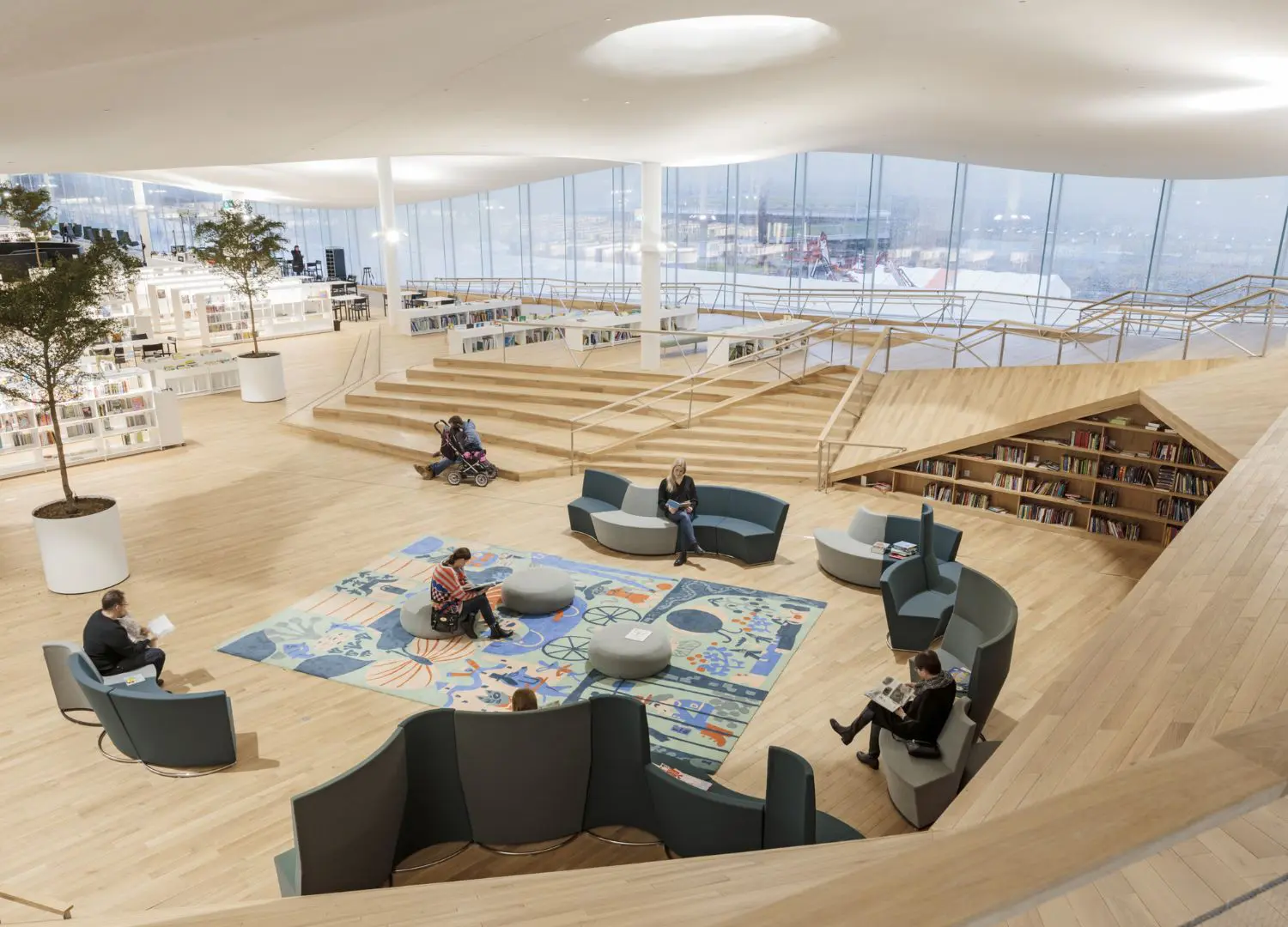
What we require is an understanding of how cities work and we prefer to engage with studios that have already worked on socially impactful projects.
With the Helsinki Lab, we also work as contractors, supporting all departments using a design approach so we partner with designers who are able to help us in that.
Thanks to training, workshops and tools that we made available,
we now have approximately 200 people inside the City Council who are not designers but who are nonetheless involved in design projects somehow.
And this is a major achievement”.
Can you give us an example of a design thinking-driven city project?
Hanna Harris:
“The Oodi Library that opened in 2018 has been developed following a participatory design approach and the result is a place that goes well beyond its traditional role.

Oodi is a meeting, living and functional place, providing its users with knowledge, new skills, stories, and relaxation.
It was, basically, designed by citizens whom we addressed very practically.
We asked them how the 100k euros of services budget should be spent and four of the proposals were worked into projects in open workshops: Storybook birthday parties, Urban workshops, A place of tranquility, and encounters with authors.
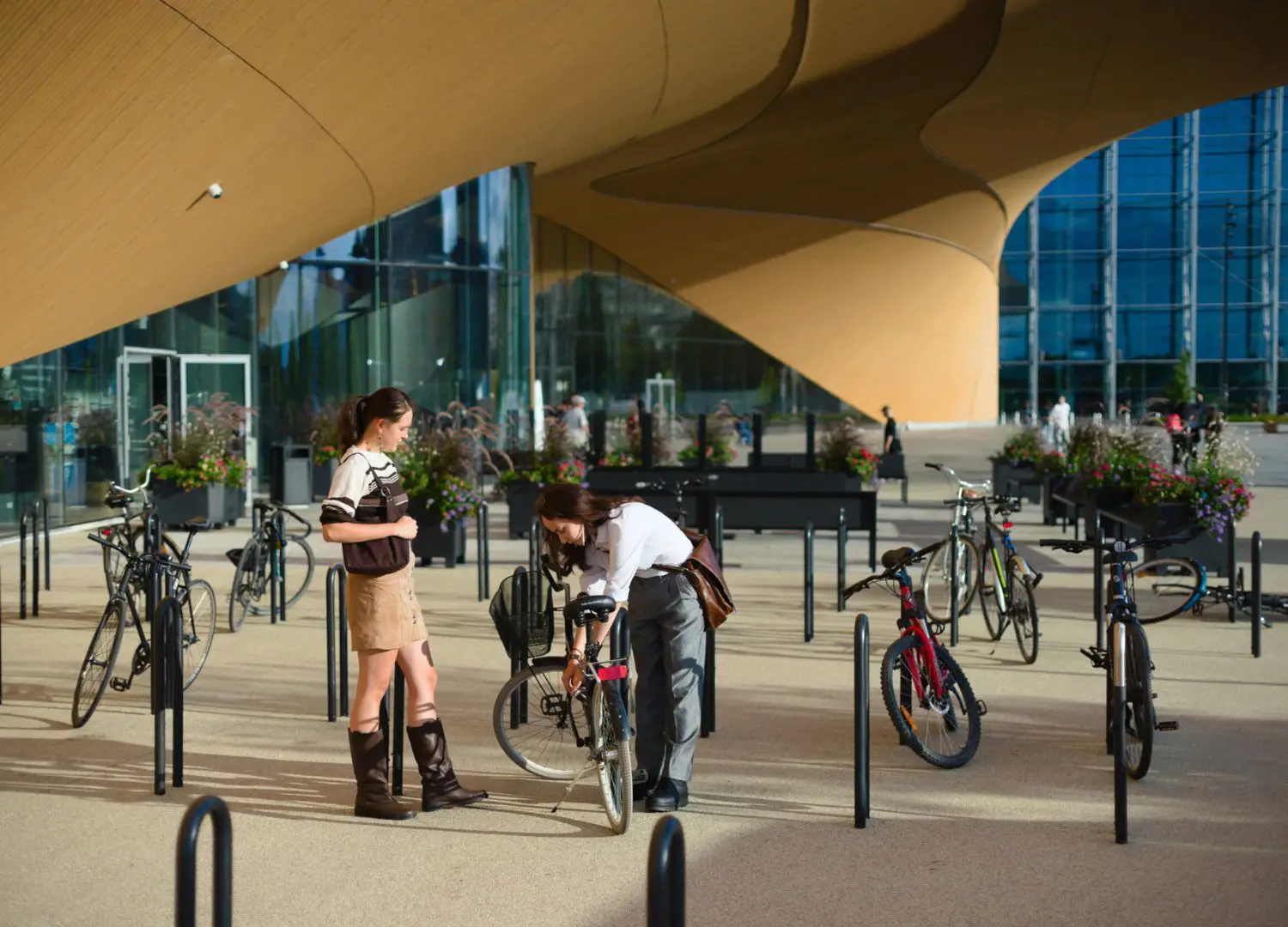
The library dreams gathered from citizens were included in the work of the jury and the competition criteria: tranquility, services for families, peer learning, learning by doing, events, and digitality”.
Can you explain how a design culture influences a City’s decisions?
Hanna Harris:
“We have 70 playgrounds in Helsinki. These are places run by Urban Environment Division and the Education Division: because in all of them we have trained staff creating activities and offering lunches to kids.
It recently emerged that immigrant families did not truly participate in playground life, thus missing opportunities for integration.
Working with our partner Pentagon Design,
we carried out research with users and especially with immigrant non user families, reaching out through organizations and interests groups.
The empathic approach and the methods used helped us gather vital data related to information, communication, accessibility, acceptability, emotions.
The design project resulted in a solution package for the development of playground services, communications and service environments, indoor and outdoor spaces as well as different communication channels and sign posts.
At the same time, we are developing a pilot project of a themed playground which we will launch soon.

In this case, design thinking not only had an impact on the City’s decisions but it is also the driving force for its future development, since the guidelines will be implemented in all 70 playgrounds, making them easier to access and more useful as integration tools”.
In a few words, how would you explain the value design creates in a city ?
Hanna Harris:
“Design helps build a functional and equal city. It’s the driving force behind the creation of better services, facilities and experiences. In a nutshell, it adds value for all citizens by making a smoother everyday life”.





